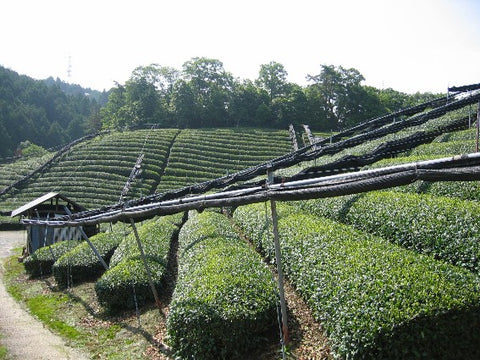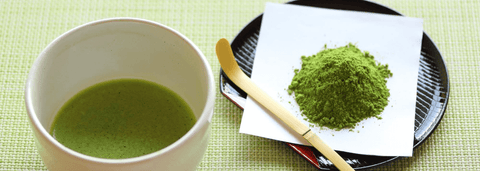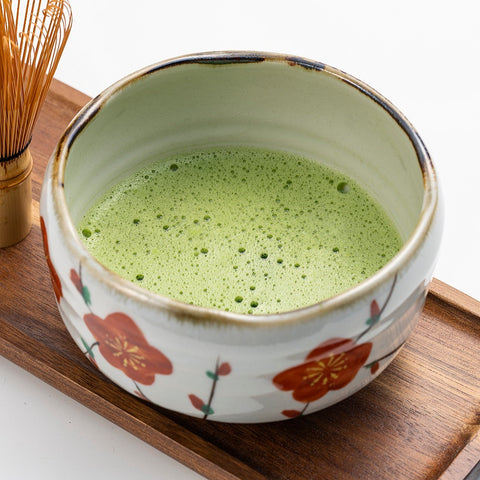The Types of Japanese Tea Explained
Japanese tea captivates tea enthusiasts worldwide with its diverse range of types and flavors. From Gyokuro and Sencha to Genmaicha and Matcha, each variety has its own unique characteristics, allowing you to indulge in the allure of Japanese tea and its rich cultural heritage.
Gyokuro
The highest grade of green tea is called "gyokuro," and its production process was perfected in the late Edo period.
Among these teas, Uji gyokuro is famous for its sweet, mild taste and low bitterness.
The tea leaves that become gyokuro are cultivated by covering them with reeds and restricting sunlight for 20 days prior to harvest.
This method of growing delicious tea, which began in the 17th century, has the effect of increasing theanine (an amino acid derivative abundant in tea), which produces sweetness, while reducing catechins (tannins), which produce astringency.
The distinctive aroma (kabuse kou) is created by covering the plant with reeds.
Sencha
The method used to produce today's high-quality sencha was invented in the 18th century by Soen Nagatani of Ujitawara-cho, Kyoto Prefecture. This process spread throughout Japan, and sencha is now the most popular tea in Japan. Tea leaves are grown in sunny tea fields. After the sprouts are plucked, they are steamed and dried while being kneaded.
Sencha has a bright green color with a refreshing grassy aroma. It has a good balance of umami and bitterness, and is smooth to the palate with little astringency. The tea leaves are long and slender in shape.
These are the general characteristics of sencha, but the characteristics vary depending on the type and quality of tea leaves. It is recommended that you try different varieties to find the sencha that best suits your taste.
Matcha
In the 14th century tea plantations were established in the mountains of Uji, Kyoto. Since then Matcha from Uji has steadily been improved and is recognized as the best quality tea in Japan.
Kyoto is the birthplace of the tea ceremony and also the seat of other traditional culture. In Kyoto the tea ceremony has had an historic influence on diverse cultures such as ceramic works, paintings and architecture.
Uji Matcha is characteristic because it is sweet and mild with a low level of bitterness.
Tea leaves which will become Matcha are cultivated by being covered with reed blinds to limit sunlight from 20 days before the harvest.
This method for growing delicious tea was started in the 17th century and increases the theanines (amino acid derivative commonly found in tea), which produce sweetness, while at the same time it decreases the catechin (tannin), which produce the astringent taste.
Expert farmers carefully handpick the tip of new sprouts, which also make less astringently flavored tea.





